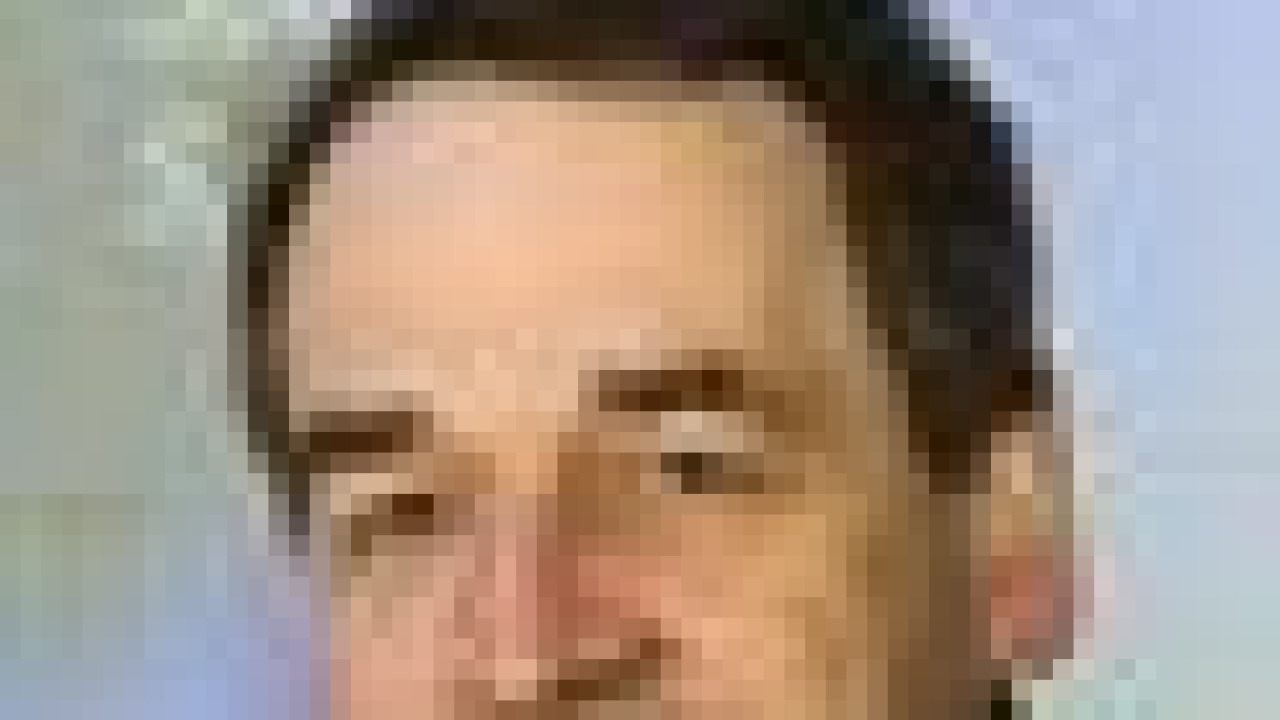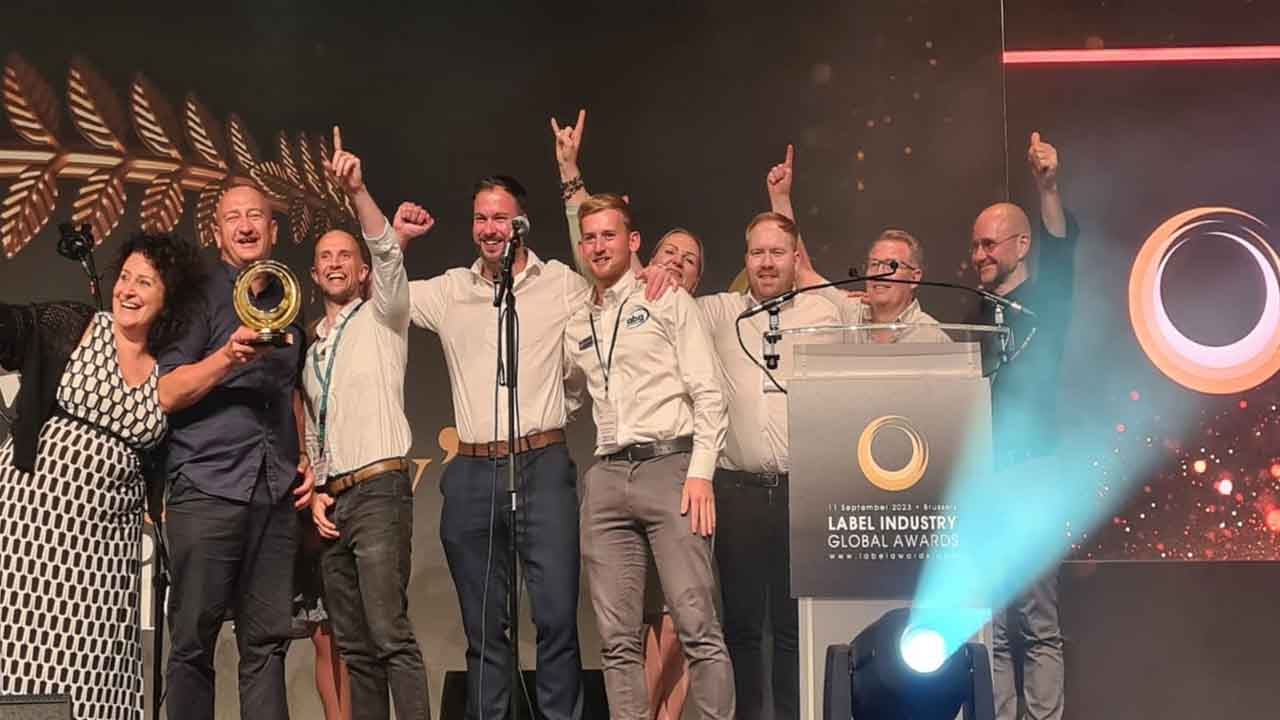Smart thinking about tomorrow’s packaging

Dr Martin Schmitt-Lewen is Heidelberg’s senior manager of technologies for future business. Nick Coombes talked to him at the conclusion of Drupa 2012 about the company’s Innovation gallery.
Nick Coombes (NC): This was quite a different venture for Heidelberg at Drupa, wasn’t it?
Martin Schmitt-Lewen (MS-L): Yes, the Innovation Gallery attracted a constant stream of future gazers – printers who wanted to see what new ideas and concepts might alter the way we view and implement communications going forward. The area was quite distinct from the 60 equipment and workflow innovations unveiled by Heidelberg at the show. We wanted to take a glimpse into tomorrow’s world with the Innovation Gallery.
NC: Is this all part of the company’s growing commitment to the market for printed packaging?
MS-L: Heidelberg has been able to offer equipment to packaging printers for some time and has become a key player since the creation of the VLF range of products, and the “Heidelbergization” of the die cutting and Diana converting range. The evolution and integration of its Prinect packaging pre-press and workflow products is important too. It wants more packaging market share, and is committed to this more future-proof sector of print.
NC: Speaking of the future, are you referring solely to digital technology?
MS-L: The company’s announcement of a partnership with Benny Landa for nanography and its use of inkjet technology on the Speedmaster XL 106, as well as the Linoprint L and Flexomailer, shows that it has embraced the potential for more hybrid technologies in future. But the Innovation Gallery takes us into an even more “concept” world. We had a tantalizingly vague display of 3D products on one wall in the zone that hinted at non-contact inkjet technology for printing individualized decoration onto 3D-shaped surfaces. This could open the way to many new packaging shapes and eye-catching products, including plastic bottles, but we will have to wait and watch for this one to unravel.
NC: How close are you to introducing some of the technology and products?
MS-L: We are quite close to making use of intelligent surfaces. We showed three types: touchcode applications with paper-based cards to be read by the touchscreen of a tablet PC; Printed OLED; and a Smart Shelf concept. Touchcode applications are based on market-ready technology allowing electrically functionalized paper cards and the surface of an iPad to interact in a way that makes paper and e-media go hand-in-hand. OLED (organic light-emitting diode) is a film-based lighting element that takes the form of a “printed light”. The lighting effects of printed OLEDs might in future be applied to point of sale displays or maybe even to folding cartons, either as a surface area or as an informative detail in the form of numbers, text or logos. Printed electronics in print products constitute the lighting elements of the future. It’s really a bright idea. How cartons are displayed in future could also change. The Smart Shelf opens the door to a much more interactive experience for the retailer and shopper. By using printed electronic components in both the folding carton and surface of the shelf, there can be an automatic alert when a particular product is sold out, so the shelves can be refilled.
NC: How will this affect the marketing mix in the future?
MS-L: I can see that there will be much more cross marketing and cross selling at the shelf. If someone chooses to buy some Adidas shoes, they might be offered other similar or complementary products. We might see product bundling and means of measuring customer interest, and interest-to-sales conversion rates. The Smart Shelf could also offer a means of brand enhancement.
NC: How was it developed?
MS-L: The Smart Shelf is one of a number of our development projects with the University of Darmstadt, and the sensory device is produced on a Gallus flexo press. Heidelberg is also a member of the research cluster Forum Organic Electronics, a joint research initiative that is looking at OLED, RFID, organic thin-film transistors (OTFT), organic photovoltaics (OPV) and sensors to find ways of making new types of electronic devices for new markets. But that’s all in the future. More immediately available is the potential for creating new effects, a development of existing Drip Off technology to enable gloss and matt finishes to be applied easily together on one sheet. This relies on clever pre-press technology, with the angle of application and direction of viewing determines the specialist gloss look.
NC: So, it’s all about visual impression, is it?
MS-L: Not exclusively. We demonstrated how geometric shapes, textures, ornaments, contone gradations and typographical effects can be used to produce clever and eye-catching results, by creating an old fashioned record with the look and feel of a real 1960s disk for the turntable. These effects are commercially available and will open up opportunities for unusual and value added packaging products that will be less easily copied. This is a major concern in a world where counterfeiting is big business.
NC: What are the key elements that create the visual impact?
MS-L: Drying and curing are critical. The drying and structuring surfaces section of the Innovation Gallery showed new dryer technologies and systems, including energy-efficient UV LED dryer modules, and a laser drying technology that heats only the ink and not the substrate. This is very advantageous from a process engineering perspective. The major benefit is that it is possible to cut the waiting times dramatically between press and post-press. The display also featured a special laser module concept that enables the partial drying or structuring of surfaces. This digital multi-channel module opens up further potential future applications in the area of digital imaging.
NC: It appears like a whole new way of thinking…
MS-L: Yes, hybrid technology was a key theme seen at this Drupa. We wanted to demonstrate that Heidelberg has a very open mind, and in addition to developing added value and cost-reducing options to its offset litho technology, is thinking outside the box at ways of communicating differently and more effectively in the future. Some will be with paper and board, but we’re extending into new materials as well.
Read more on Heidelberg here
Read more from Drupa 2012 here
Read more features from PPW here
Register to receive PPW for free here
Stay up to date
Subscribe to the free Label News newsletter and receive the latest content every week. We'll never share your email address.

